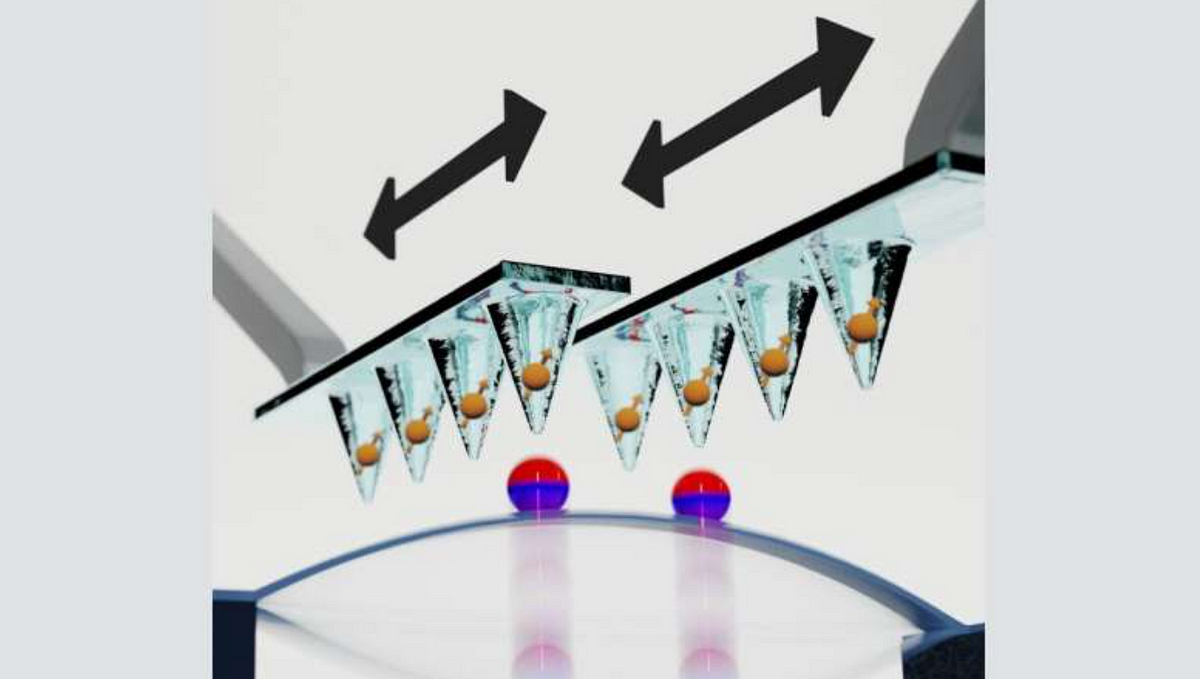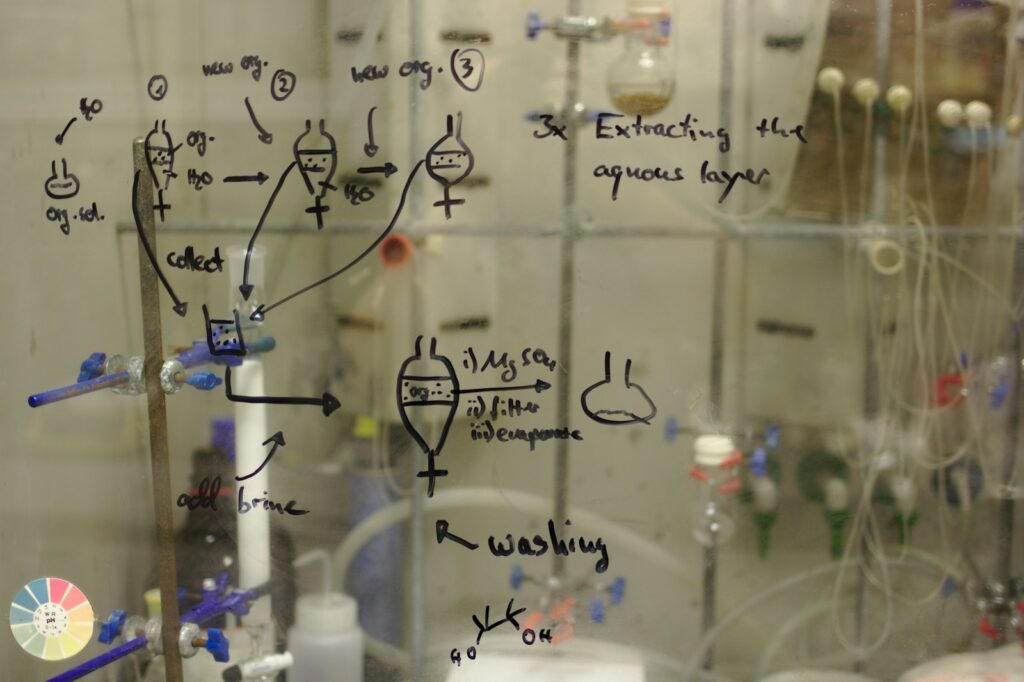A new study published in Physical Review Letters proposes a method to combine solid-state spin qubits with nanomechanical resonators for scalable and programmable quantum systems. Quantum information processing needs qubits with long coherence times, stability, and scalability. While solid-state spin qubits have long coherence times, they lack scalability.
Led by graduate student Frankie Fung in Professor Mikhail Lukin’s group at Harvard University, the study addresses this challenge. The proposed architecture uses nanomechanical resonators to mediate interactions between spin qubits.
“Our research aims to use nanomechanical resonators to mediate interactions between these spin qubits. More specifically, we propose a new architecture, where spin qubits inside individual scanning probe tips can be moved over a nanomechanical resonator that mediates spin-spin interactions,” explained Fung. “The scanning probe tips can be moved over a mechanical resonator that mediates spin-spin interactions. Since we can choose which qubits to move over this mechanical resonator, we can create programmable connectivity between spin qubits.”
The team utilized nitrogen-vacancy (NV) centers in diamonds as qubits. These centers are created by substituting a carbon atom in diamond with a nitrogen atom, resulting in a vacancy adjacent to the nitrogen. NV centers are stable, have long coherence times, and are optically compatible, making them ideal qubits. However, their interaction is short-ranged due to magnetic dipole interactions.

“While small quantum registers using solid-state spin qubits have been demonstrated, they rely on magnetic dipolar interactions, which limit the interaction range to tens of nanometers. The short interaction distance and difficulty fabricating spin qubits consistently at such close spacings make it challenging to control systems containing large arrays of qubits,” said Fung.
To enable long-range interaction, the researchers coupled NV centers with nanomechanical resonators, which are tiny structures that oscillate at high frequencies and are sensitive to external fields and forces. This coupling allows for non-local qubit interactions, potentially enabling large-scale quantum processors.
The architecture consists of spin qubits in individual scanning probe tips, with NV centers inside diamond nanopillars close to micromagnets on a silicon nitride nanobeam. This setup creates a magnetic field around the qubit and resonator, changing the electron spin state and causing different oscillations that affect other qubits.

“As a proof-of-principle measurement, we stored some coherent information in the NV center, moved it around in a large field gradient, and showed that the information was preserved afterward,” Fung said. The feasibility of this architecture was demonstrated by showing qubit coherence over the mechanical transport of the micromagnet and achieving a quality factor of around a million at low temperatures.
“While this coupling is not strong enough to make this architecture a reality yet, we believe that there are several realistic improvements that could get us there,” said Fung. “The cavity would allow us to not only measure the mechanical motion more precisely, but also potentially prepare the mechanical resonator in its ground state. This greatly expands the experiments we can do, such as transferring a single quanta of information from the spin to the mechanics and vice versa.”
The researchers aim to introduce an optical cavity with a nanomechanical resonator and believe these resonators are ideal intermediaries between different qubits due to their interaction with various forces. “A hybrid quantum system can leverage the advantages of different kinds of qubits while mitigating their disadvantages. Because they can be fabricated on-chip, nanomechanical resonators can be integrated with other components, such as an electrical circuit or an optical cavity, which opens up possibilities for long-range connectivity,” concluded Fung.


















